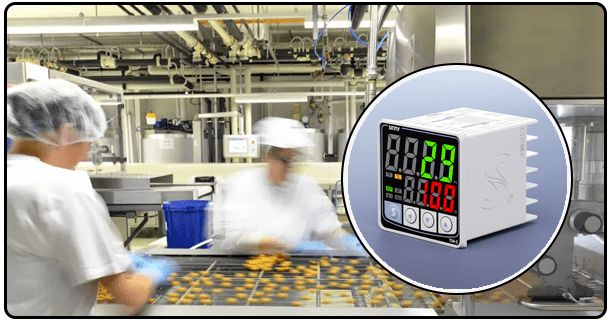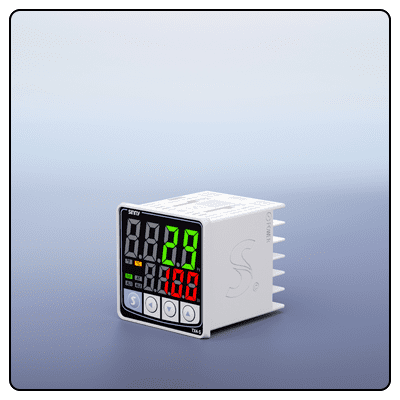Exploring PID Temperature Controllers: Key Components
Dive into the world of PID temperature controllers with our detailed article. Learn about the crucial components that ensure accurate and reliable temperature control in industrial applications.
1. Understanding Components of a PID Temperature Controller
At the core of industrial control systems lies the PID temperature controller: an icon of precision and efficiency. PID stands for Proportional-Integral-Derivative; a feedback control loop mechanism often found within industrial controls systems that constantly calculates an error value as measured process variable differences relative to desired setpoint values and applies correction based on proportional, integral, and derivative terms.
2. The Essence of PID Control
A PID temperature controller is an intricate device made up of various key components working together to achieve temperature stability within an acceptable range. Each component plays an integral part in this process and understanding their operations will significantly enhance both efficiency and reliability in temperature regulation processes.
Proportional Component (P)
The proportional component, also referred to as the "gain", of a controller provides output which relates directly to current error values. You can alter its response through proportional gain adjustment (K_p). A higher K_p will increase responsiveness against errors while lower ones could potentially result in steady-state errors and steady state errors.
Integral Component (I)
The integral component accumulates errors over time and integrates them into control output to eliminate steady-state error that might otherwise arise with proportional controllers. Adjustment of integral gain (K_i), which determines strength of integral action can help achieve system performance goals by eliminating residual steady state error.
Derivative Component (D)
The derivative component produces an output based on the rate of change of error, serving as a predictive action that helps ensure system stability by anticipating future errors. K_d controls how intensely this action takes effect - an especially valuable addition in systems with significant amounts of lag as it helps dampen overshoot and improve responsiveness.
Sensors
A central element of any PID temperature controller's functionality are its sensors. Such devices, like thermocouples or resistance temperature detectors (RTDs), measure process variables--temperature in this case--and feed back information about these measurements directly back into its controller for decision making purposes. Both its accuracy and responsiveness depend heavily on these factors, with quality and placement being of great significance in regards to PID controller performance.
Control Unit
The PID temperature controller's brain lies within its Control Unit. This component receives sensor input, compares it against desired setpoint, computes error rates and then applies PID algorithm in order to generate appropriate output to bring process back towards desired setpoint.
3. Actuators
Is an essential position within any control system. Actuators receive signals from their controlling unit and act upon it by altering temperature through actions like operating valves for heating/cooling medium, heaters or fans - depending on your desired application of PID control, acting upon those systems to adjust temperatures as appropriate. Precision and speed play an essential part in operating an effective PID temperature controller system.
PID temperature controllers come in all sorts of different varieties ranging from standalone units to complex integrated systems. Standalone PID controllers tend to be small, easy to use units designed specifically for smaller applications while integrated PLC-based PID systems may offer advanced features like remote monitoring/control/multiple input/output channels/and sophisticated algorithms for more demanding tasks.























